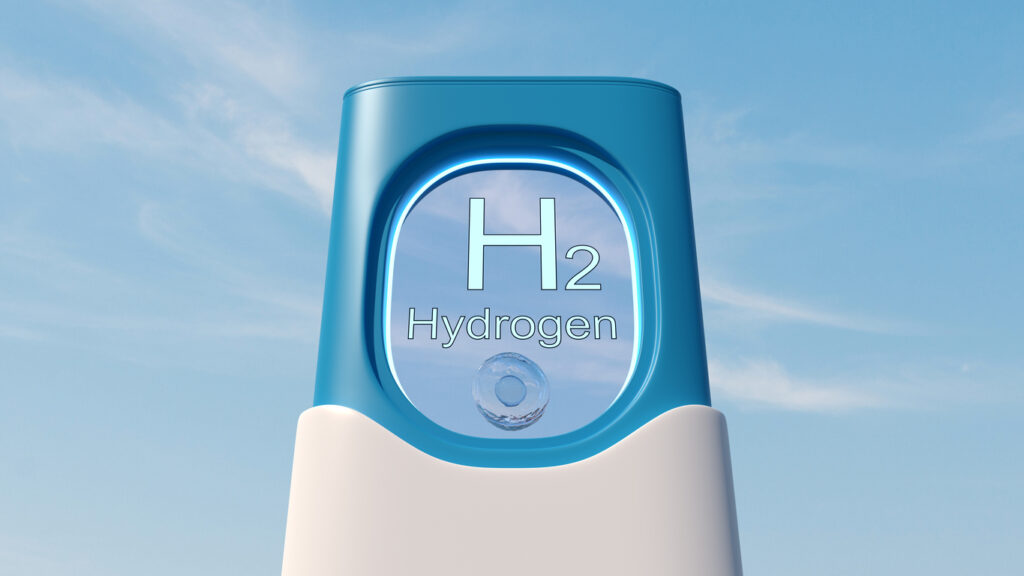Hydrogen energy
Hydrogen - a carrier of energy - with important future potential. Hydrogen, constituent in water and all organic matter, is the most abundant element in the universe. Many EIGA members have increased their interest in hydrogen and also their investments in hydrogen technology. The reason is that hydrogen can be used for reduction of GHG (Greenhouse gases) and it can also become an alternative to petroleum based fuels. In recent years research into hydrogen as energy carrier has made tremendous progress. Hydrogen is renewable, abundant, efficient, and unlike other alternative fuels, produces zero emissions because it combusts to produce only water. With hydrogen, it is possible to generate electricity both for stationary and portable applications with the possibility to store it on a long-term basis. Moreover hydrogen can be used as a fuel on board of a new generation of hydrogen powered cars which now can achieve performances in line with the traditionally expected performances of cars equipped with conventional engines. Many EIGA members are additionally members of the European Association for Hydrogen, EHA in Brussels.
Safety - always top priority for EIGA
The companies forming EIGA have since many years developed valuable documents for the safe production, handling and transportation of Hydrogen in the industry.
Please check the ”IGC documents” at the EIGA web-site. Compared with other industrial gases hydrogen has particular characteristics which must be taken into account:
- Hydrogen is 14 times lighter than air and therefore dissipates rapidly when released or leaked in open air, but it is not toxic.
- Hydrogen has a wide range of flammable concentrations in air and lower ignition energy than natural gas or gasoline. It can ignite very easily.
Therefore, ventilation and leak detection are important elements in the design of safe hydrogen systems. Furthermore, some metals can become brittle when exposed to hydrogen. Engineering safe hydrogen systems requires a good deal of expertise, so specialist in the field should perform design of safe hydrogen systems. A fact to be taken into account is that hydrogen burns with an almost invisible flame.
Numerous uses in different industries
The main use of hydrogen is in ammonia production and for sulphur removal in crude oil. Processes that use hydrogen can be found in industries like:
- Food – to hydrogenate edible liquid fats and oils into margarine Chemicals – to hydrogenate non-edible oils for soap, creams, plastic and other chemical processes.
- Aerospace – as a fuel gas for spacecraft at ignition Iron and Steel and Non-ferrous metals – as a protective atmosphere for heat treatment at very high temperature, also in plasma welding and cutting.
- Glass – used with nitrogen to prevent oxidation of molten tin in the float glass lines and improve glass quality. In these cases hydrogen is deklivered to the point of use, or produced on-site with small production units.
Processes that use hydrogen as a fuel can be found in:
- Energy – to generate electrical energy through fuel cells
- Transport – dispensed in gaseous or liquid form, by means of new refuelling systems and dispensers, as a fuel for cars, buses and road/off-road vehicles equipped either with internal combustion engines (ICE) or with fuel cells.
Two ways to produce hydrogen
Hydrogen is produced thermally, i.e. by heat input from hydrocarbons or electrolytically, by the input of electricity from water.
From hydrocarbons
Currently, 98% of global hydrogen production (approx. 600 billion m3 per year) is derived from hydrocarbons, most commonly natural gas. Today the most cost effective method to extract hydrogen from fossil resources is steam reforming. This is also environmentally friendly because a great part of the hydrogen produced comes from water vapour. Steam reformer capacities range tens of thousand’s of m3/h (refineries) down to hundreds of m3/h.
From water
Electrolysis is splitting water into oxygen and hydrogen using electricity. This production method, which is used for small to moderate production capacities typically not exceeding a few hundred m3/h offers the possibility of a completely GHG emission-free hydrogen energy cycle. if the electricity itself is produced without– from However, the electricity must be produced without negative GHG impact from solar or wind power, hydropower or nuclear energy.
